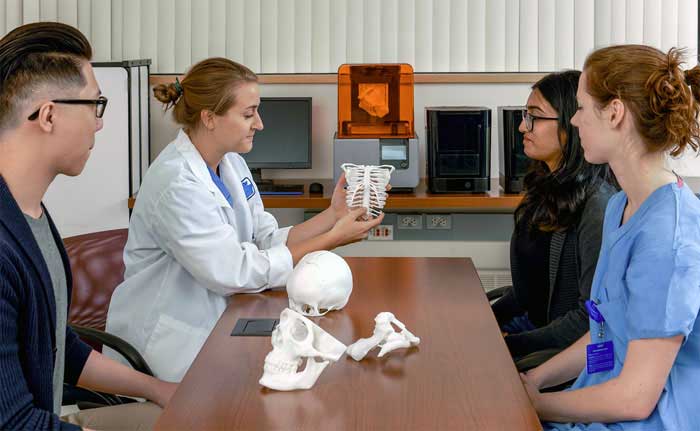Chances are, you've heard plenty of chatter about 3D printing over the last 12 months or so. Depending on who you ask, it is either the future of manufacturing, a nerdy pastime for gadget geeks and gamers or a passing fad that will be gone the way of the mini-disc by this time next year. Despite what the cynics might say, the technology and business headlines in early 2014 all indicate that 3D printing is very much here to stay, with numerous large, multinational companies and major organisations firmly getting behind the technology.
Dell has just signed a deal to sell MakerBot 3D printing products through its online store, NASA is convinced 3D printers will play a huge part in getting astronauts to Mars and Credit Suisse's Jonathan Shaffer has estimated that the global worth of the 3D print industry in 2016 will reach $800 million.
The big question for you in all of this is: how might this impact my business?
If you do not work in a company that sells a tangible product of any kind, then the likely answer is ‘not at all.' If, however, you work in any industry that relies upon manufacturing then the almost certain answer is ‘very heavily and very soon.'
3D printing is particularly useful in the prototyping stage of product development. From the earliest moments of designing an object to the production of the final prototype, 3D printing can make the process more cost effective, quicker and, most importantly, more effective. Small details can be changed on the original CAD, and then printed without compromising the prototype's structure.
So, if you work with prototypes, then 3D printing will be essential to your future. Then there is the question of 3D printing for small parts. While mass producing machinery or products through 3D printing is not cost effective enough for widespread implementation, the printing of individual components for machinery is being adopted more and more across the globe. For example, an RAF jet that recently took off from a UK airstrip included 3D printed parts. Future plans are to house 3D print devices at bases across the world, meaning airplanes can be repaired and maintained using parts printed on-site, massively speeding up the repair process.
The same principle could be used on a much smaller scale for engineers, plumbers or maintenance workers. Rather than having to check they have all the spare parts for a job before arriving at a job-site, they could 3D print them after examining the broken device, once again saving time and cost.
For these and more reasons, 3D printing is a technology to which it is well worth paying attention.

